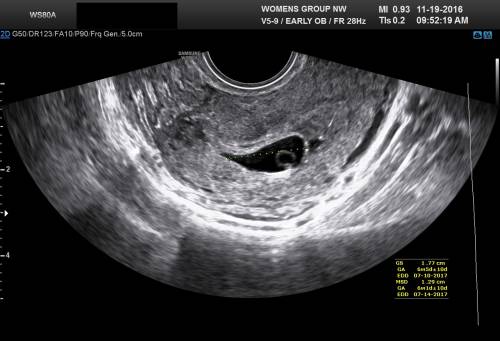What a Fetus Feels in the Womb


The Sense of Touch Development
Before a baby can smell, taste, see, or hear, they have already developed their sense of touch. The sense of touch is crucial for survival, as it helps animals and humans instinctively react to their environment. Even inside the womb, a fetus actively develops this sense.
How Does the Sense of Touch Work?
- A somatosensory system is responsible for touch perception. It consists of touch receptors spread throughout the body, connecting to the brain via nerve cells.
- Each receptor specializes in sensing different components of touch, such as temperature, pressure, or pain.
- By week 8 of pregnancy, the fetus has developed touch receptors in their face, especially on the lips and nose, which connect to the growing brain.
- Over the following weeks, touch receptors form all over the body, including the genitals, palms, soles of the feet (by week 12), and the abdomen (by week 17).
- By week 32, every part of the fetus has gained a sense of touch sensitive enough to feel a single hair brushing across the body.
The Role of Touch in Development
- Sensing stimuli in the womb (such as feeling the amniotic fluid) helps develop the fetus’s entire nervous system, including the brain, spinal cord, and digestive system.
- Touch is one of the earliest tools a baby uses to learn about the world around them.
Can a Fetus Feel Pain?
- While a developing fetus can sense light touch, they don’t experience pain as adults do.
- The neural connections and brain structures necessary to process pain signals don’t fully develop until at least week 24 of pregnancy.
- Simply having the physical structures in place doesn’t mean a fetus can experience pain.
- The complex neural circuitry to differentiate between regular touch and painful touch develops toward the end of the third trimester.
In summary, touch is the first sense a baby develops, and it plays a crucial role in their overall development. Although a fetus can sense touch, they don’t feel pain until much later in pregnancy.
Remember that the womb provides a protective environment, and the fetus experiences sensations differently from how we do outside the womb. 🌟
References:







It’s a nice and informative article wherein the rationale (science) behind the sense of touch is explained.
The article elaborates the different foetal stage at which the baby develops sense of touch at different parts of his/her body.
Now I know that why after birth the baby can feel and recognise mother’s touch very well.
Very well written & so helpful.
Thank you for such amazing information. I agree to the sense of touch, whenever I’m talking to the baby or my husband is talking to the baby, it responds back with it’s kicks and hand box’s and that’s like the cutest thing because we feel that it’s reverting back to us.
Good piece of information. It is exciting to know how my baby is developing this sense and getting connected to the world around. It makes me visualize how my baby is growing.
This article helped me to understand the scientific reason behind the sense of touch in womb.
Yes baby can feel us
Sometime i m not doing well i just talk to baby or chant some navkar sudden movement happen it motivate me to get up ❤️
It’s a most important information in the journey of pregnancy
Amazingly explained…it is very informative and helpful in the journey of pregnancy.
Very informative.
Yes it’s really true…
I loved nothing more than feeling my baby kick or move around. It was like a tiny high-five of encouragement. Like my baby saying “way to go, mom!
Wow.. this is really informative…
Will ensure to provide the baby touch related experiences throughout this journey 🙂
It was a very informative article!
Yess.. baby can feel the touch…wen I touch my stomach I can feel the movements of my baby…it’s just an another experience…baby can recognise mom n dad touch they knw wen to kick or move…I can feel this movement from 6 month…
It’s true…touching your womb from the outside can also makes baby to kick & intially they can recognise us from the touch only.